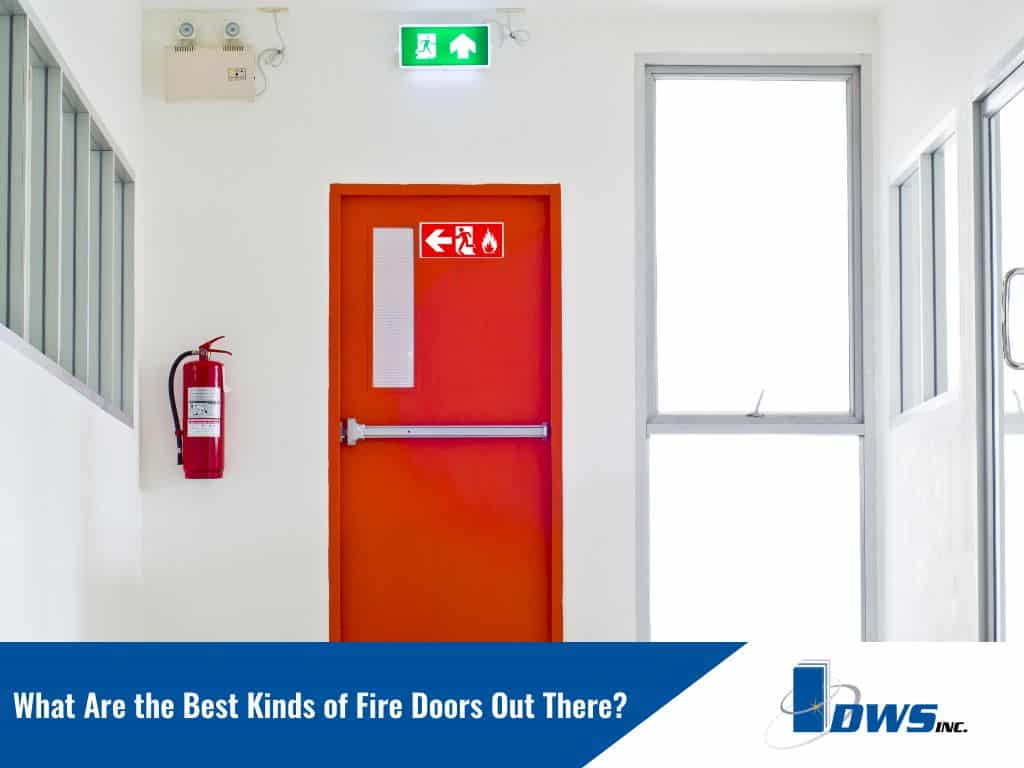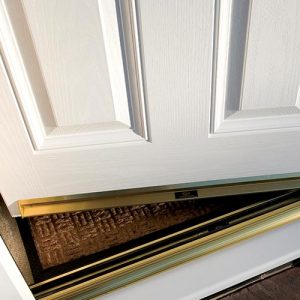Fire Doors: Exactly How They Contribute to Fire Safety and Legal Compliance
Fire Doors: Exactly How They Contribute to Fire Safety and Legal Compliance
Blog Article
Understanding the Various Sorts Of Fire Doors for Boosted Safety
From conventional fire-rated doors that shield versus fires to acoustic fire doors that supply both fire resistance and audio insulation, each kind is created with particular features in mind. The assimilation of glass fire doors and the necessity of fire leave doors even more highlight the diverse nature of fire door applications.
Criterion Fire-Rated Doors
Standard fire-rated doors are a vital part in ensuring structure safety and security and conformity with fire regulations. These doors are particularly developed to stand up to the spread of fire and smoke, providing vital defense to occupants and residential property. Constructed from materials such as steel, gypsum, and fire-resistant timber, they can endure heats and keep architectural integrity for varying periods, normally varying from 20 mins to 3 hours.
The efficiency of standard fire-rated doors is measured by their fire-resistance score, which is identified via rigorous testing under controlled problems. This ranking suggests the duration during which the door can contain flames and heat, thus permitting extra time for discharge and emergency situation action. In addition, these doors commonly include intumescent seals that increase when exposed to heat, more avoiding the flow of smoke and hazardous gases.
Installation of basic fire-rated doors need to conform with strict building regulations and criteria, such as those established by the National Fire Security Organization (NFPA) and the International Structure Code (IBC) Routine evaluations and upkeep are important to guarantee that these doors work correctly in an emergency. Effectively set up and maintained fire-rated doors are crucial in improving total building security and reducing fire-related risks.
Smoke Doors
Smoke doors play a crucial duty in fire safety and security by specifically attending to the control of smoke, which is typically extra unsafe than fires during a fire incident. Smoke breathing can result in severe respiratory concerns, disorientation, and also casualties, making smoke doors an essential part in emergency planning. These doors are created to limit the motion of smoke in between various areas within a building, therefore providing more secure evacuation courses and minimizing possible damage to building.

Moreover, smoke doors are usually geared up with automated closing systems, set off by smoke detectors or fire alarms, to guarantee they close immediately during an emergency. By having smoke, these doors assist preserve lower temperatures and clearer exposure in escape paths, making them an important component in comprehensive fire safety and security approaches. Their proper setup and maintenance are necessary to guarantee optimal performance when most required.
Acoustic Fire Doors
Acoustic fire doors offer a dual function in both fire security and audio attenuation, making them an important enhancement to buildings where sound control is necessary. These doors are engineered to not just fulfill rigorous fire resistance standards yet also to considerably decrease audio transmission, thus important link improving overall structure efficiency.
The building and construction of acoustic fire doors generally involves a combination of dense products and specialized seals. These components work together to produce an effective barrier versus both fire and sound. High-density cores, such as mineral boards or composite products, are generally utilized in the door fallen leave to make best use of sound insulation. Furthermore, the door frame and seals are designed to keep acoustic honesty while using durable fire resistance.
Acoustic fire doors are especially useful in environments where privacy and quiet are extremely important, such as hospitals, hotels, and educational organizations. They aid to maintain a peaceful atmosphere by lessening the transmission of sound in between spaces or corridors while making certain compliance with fire safety and security regulations. In enhancement to their useful benefits, these doors can be tailored to blend perfectly with the architectural looks of a building, making certain that security does not come with the expense of style.

Glass Fire Doors
Glass fire doors, frequently utilized in modern architectural layouts, supply a blend of openness and security that typical fire doors can not match. These doors integrate the visual appeal of glass with vital fireproof homes, making them an excellent selection for contemporary structures. Engineered with specialized fire-resistant glazing, glass fire doors can endure heats and protect against the spread of fires and smoke for a specified duration, generally ranging from 30 to 120 mins.
The building and construction of glass fire doors entails several layers of solidified glass, often treated with intumescent products that expand when revealed to heat, additional boosting their fireproof capabilities. These doors are not only practical in regards to fire security yet also permit all-natural light to penetrate with rooms, adding to power efficiency and a much important site more welcoming atmosphere.
Furthermore, glass fire doors can be incorporated with various framing materials such as steel or aluminum, which provide added structural support and longevity. Making use of such doors is specifically useful in industrial, academic, and health care settings where presence and security are paramount. By fulfilling rigorous fire security guidelines and maintaining an open, modern-day visual, glass have a peek at this website fire doors stand for a critical advancement in fireproof construction.

Fire Escape Doors
Fire departure doors are an essential component of any kind of structure's security framework, designed to offer a swift and safe ways of egress throughout emergencies. These doors are strategically located to guarantee owners can rapidly and safely leave the premises in case of a fire or other dangerous situations. Unlike conventional doors, fire exit doors should abide by rigid regulative requirements, ensuring they can execute dependably under pressure.
An essential function of fire leave doors is their capacity to open up easily from the within, generally outfitted with panic bars or push pads. This design promotes quick discharge and prevents bottlenecks that can occur throughout high-stress circumstances. In addition, fire escape doors are usually created from fireproof products to prevent the spread of fires and smoke, consequently supplying essential added time for discharge and firefighting efforts.
Another crucial element is the clear signage and illumination connected with fire leave doors. Inevitably, the effectiveness of fire leave doors is an essential aspect in protecting lives and reducing property damages during emergencies.
Final Thought
In recap, recognizing the various types of fire doors, including conventional fire-rated doors, smoke doors, acoustic fire doors, glass fire doors, and fire escape doors, is crucial for improving safety and security in structures. Each type uses details benefits, from fire and smoke control to seem insulation and visual integration, making certain detailed security. Fire doors. Normal maintenance and conformity with security requirements are crucial to assure their effectiveness in protecting occupants and assisting in secure evacuation during emergencies
Report this page